Winter climber ideas – discover the best plants to add interest in your yard
Many climbing and vining plants can add impact and color to garden walls and structures at this darker time of the year
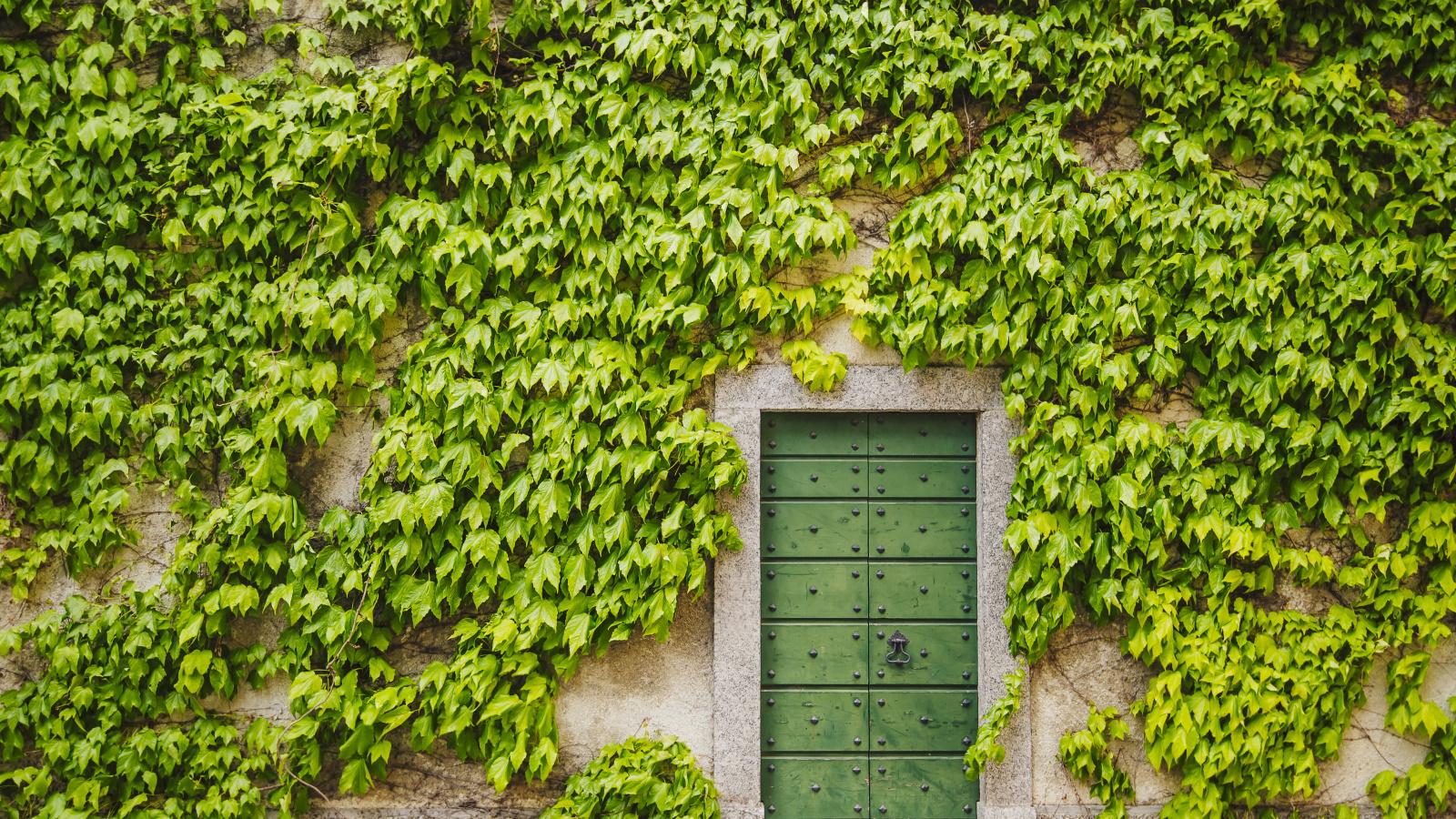

Despite the dark and cold of winter, your backyard can still provide interest and impact in the form of climbing plants. If you are looking for winter garden ideas, adding some vertical interest to an otherwise dormant space can help brighten up a garden wall or structure, such as trailing over a pergola or crawling across a trellis.
Climbing plants can help maximize the color in your yard, and whilst many of us romanticize and fixate on rambling roses and showy clematis flowers that have prolific blooms during the height of summer, many climbers can help to add some greenery during the winter months.
Among the stalwarts of the winter garden are evergreen climbers such as ivy or star jasmine, whose glossy leaves provide year-round color and texture. For a burst of seasonal color, consider winter-flowering jasmine, which will add a burst of golden-yellow flowers to your yard during the coldest months.
These are just some of the many options to add some greenery and color to your plot amidst the winter gloom, attracting early pollinators and lifting the spirits. Invaluable to gardeners, these plants can help you to create an outdoor sanctuary with year-round interest.
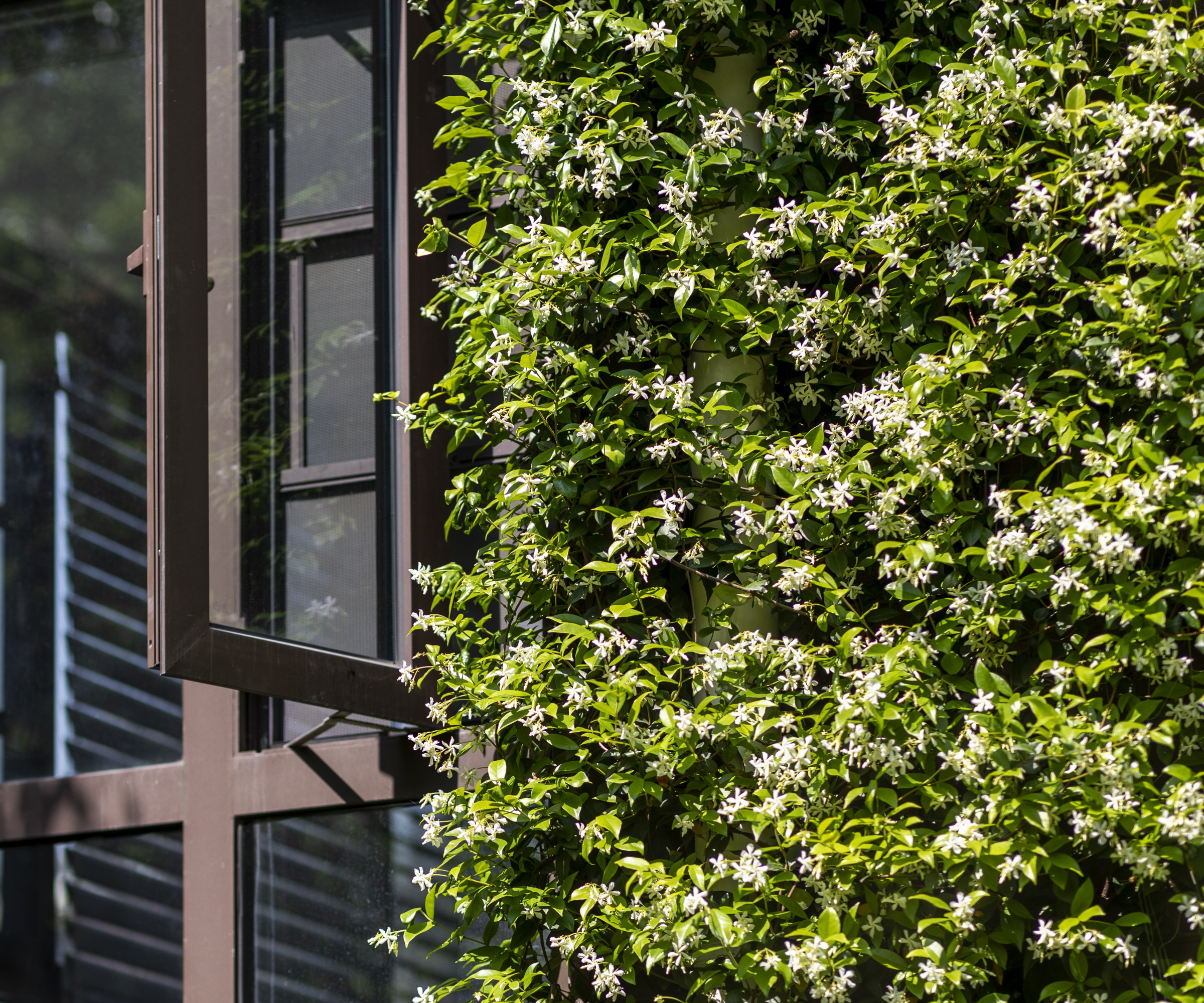
Winter climber ideas
Climbing plants can provide interest and impact to your plot at any time of year, especially during the cold and dark winter months. Discover the best winter climber ideas to help to add greenery and color to your yard.
1. Evergreen climbers
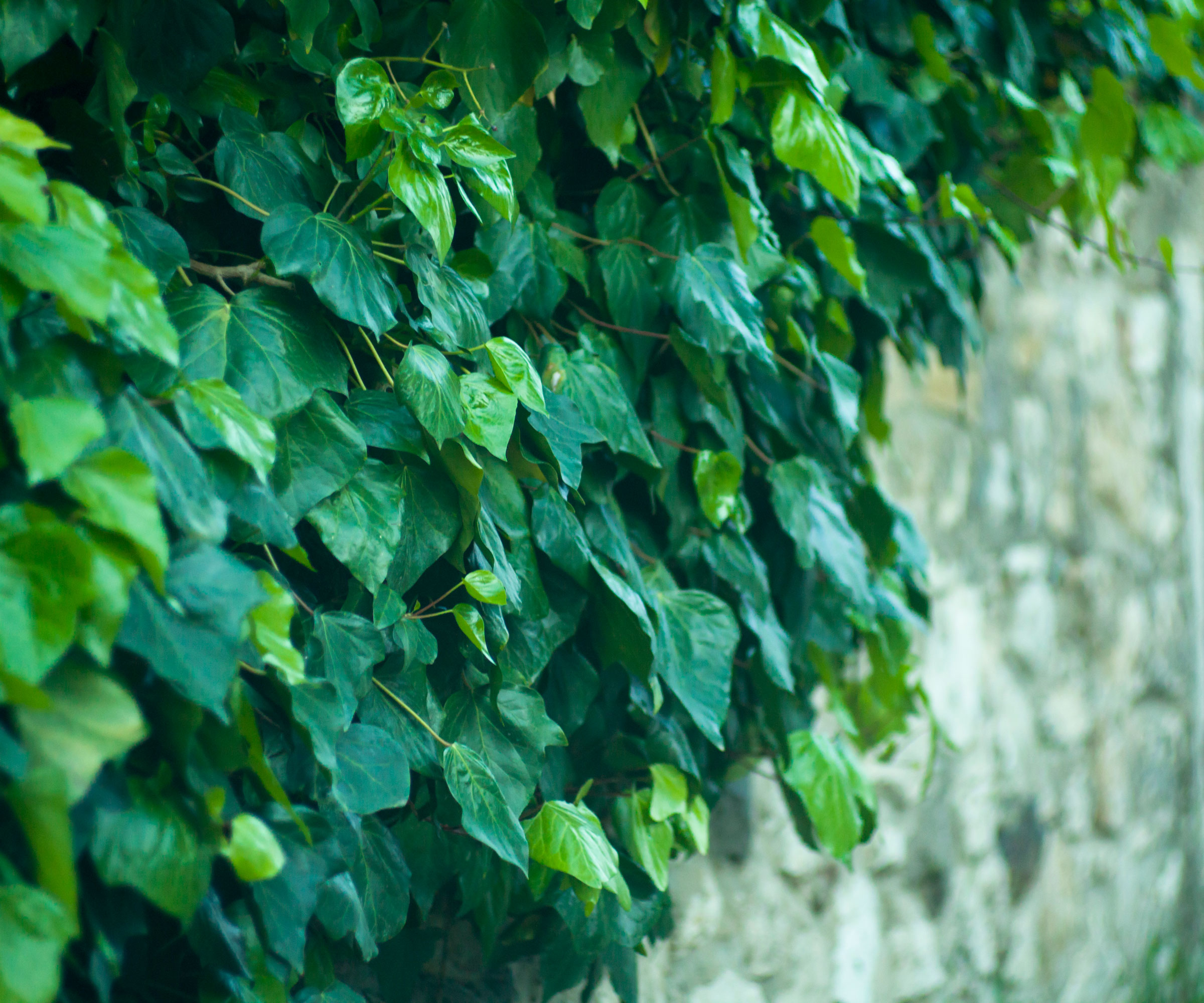
Climbing plants are incredibly useful in the garden for maximizing your growing space, using walls, fences and buildings. They can also create privacy and hide unsightly features in the backyard, such as covering the garden shed that is not aging well.
Evergreen climbers keep all or most of their leaves year-round, making them particularly valuable for interest in the winter months. They can also provide valuable habitat for hibernating insects and pollinators.
Star jasmine, Trachelospermum jasminoides, is one such option, with attractive glossy, evergreen foliage. Star jasmine is ideal for training over a 'trellis or wire framework against a wall or structure in the yard,' says Mike Murphy, plant expert and owner of You Had Me At Gardening. It is also a year-round performer, not only adding evergreen interest to your yard but come spring and summer, 'fragrant blooms will add beauty and also attract pollinators, creating a vibrant garden environment,' Mike continues. Star jasmine is available from Perfect Plants.
English ivy, Hedera helix, is another plant that is both hardy and vigorous, which can be a problem if left alone for too long. With annual pruning, English ivy is an evergreen that can quickly cover unsightly walls and fences and is renowned for sheltering and feeding birds. Famed for its attractive and unique foliage, as seen in the image above, this evergreen climber is timeless. English ivy is available from Nature Hills.
The potato vine, Solanum jasminoides, is another evergreen climber, and despite being less hardy than the other two climbers mentioned here, if you have a sheltered wall or protected corner, this might be an unusual option to consider. Whilst in the potato family, this vine will sadly not produce any potatoes for consumption. However, evergreen foliage is complemented by beautiful, delicate flowers in the spring. The potato vine is available from Nature Hills.
As with any plants or trees that you are considering for your yard, suitability is variable depending on your location and in which US hardiness zones you find yourself.

Mike is the owner of You Had Me At Gardening, with a focus on indoor and urban gardening. Mike is passionate about helping beginner gardeners create and maintain the gardens of their dreams.
2. Winter-flowering climbers
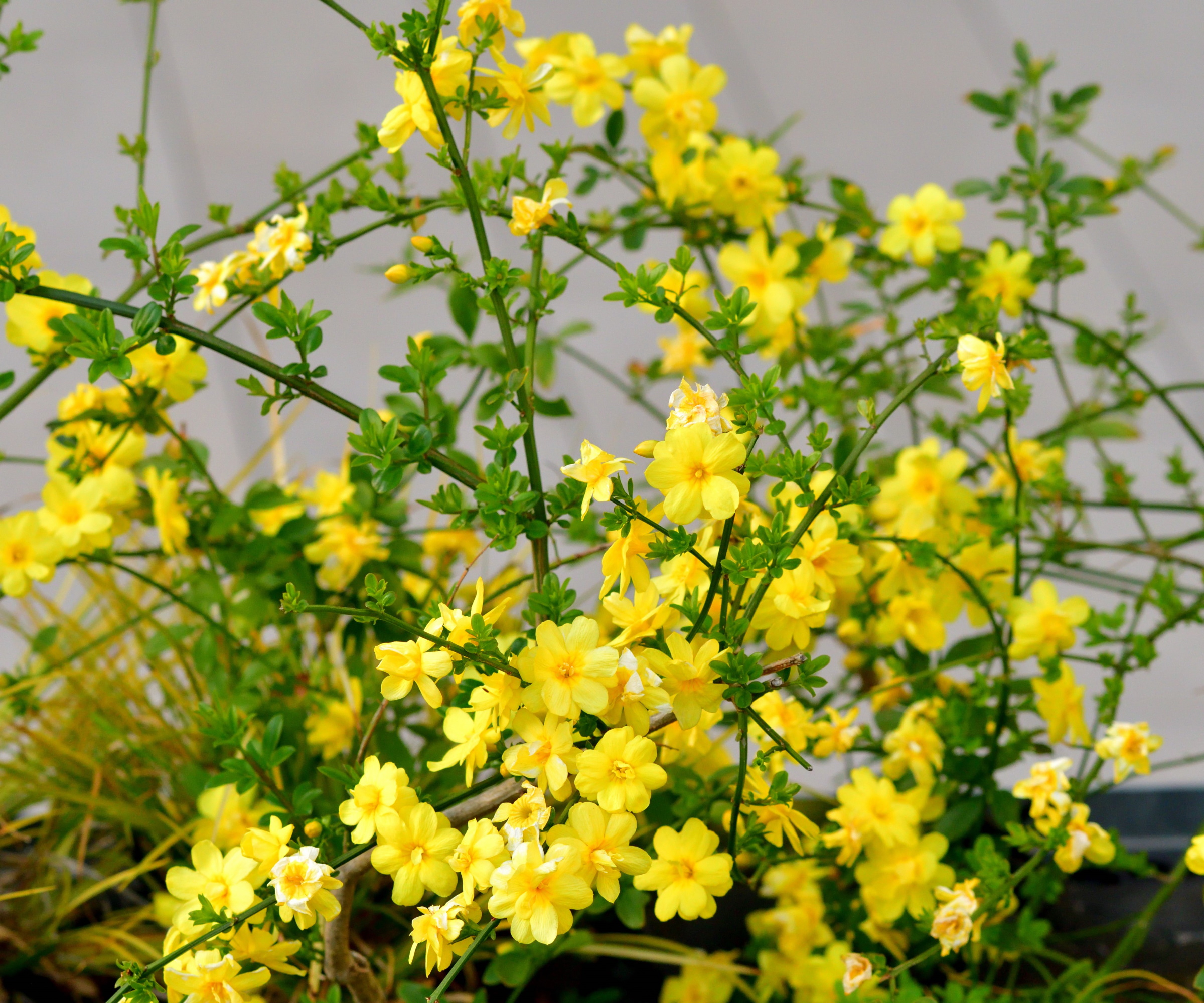
Winter-flowering shrubs and climbers will help to add color to your yard. Some maintenance may be required, particularly to keep shrubs growing vertically and horizontally in the way that you require, with occasional pruning and tying in for support.
One option is the ever-popular camellia. When trained against a wall, this shrub will create a climbing effect. Many camellia varieties are evergreen and hardy, such as this Camellia japonica from Perfect Plants. Attractive green foliage is punctuated by large blooms from January through to March, with flowers coming in a range of colors, from creamy white to crimson red.
Another consideration is winter jasmine, Jasminum nudiflorum, which flowers from December through to February. Whilst this frost-hardy shrub does not have foliage in winter, the yellow blooms are sure to add impact to your backyard. Winter jasmine does take on a rambling, wild form if left alone, so some maintenance would be required to train and guide this shrub to climb and cover a wall or garden structure. Winter jasmine is available from Garden Goods Direct.
Several varieties of winter-flowering clematis can also add floral interest to your plot. Whilst harder to come by, these unique and beautiful climbers are worth seeking out.
'Some of the most popular varieties of winter-flowering clematis are varieties of the Clematis cirrhosa species,' says Alex Kantor, garden expert and owner of Perfect Plants Nursery, 'including 'jingle bells', 'freckles', and 'Wisely cream.'
'Clematis cirrhosa thrives in well-draining soil and prefers a sunny to partially shaded location,' Alex says, 'flowering from November to February and producing small, bell-shaped, cream-colored flowers.'
Whilst winter-flowering clematis are less hardy than some of the other evergreens mentioned, if you do have a sheltered wall, ideally close to the home, these unique climbing plants could be something to consider.

Alex has worked in the horticultural industry for over 20 years and grew up on the farm since his childhood years. Alex is an expert on landscape trees, shrubs, climbers and indoor plants.
3. Deciduous climbers that can add interest
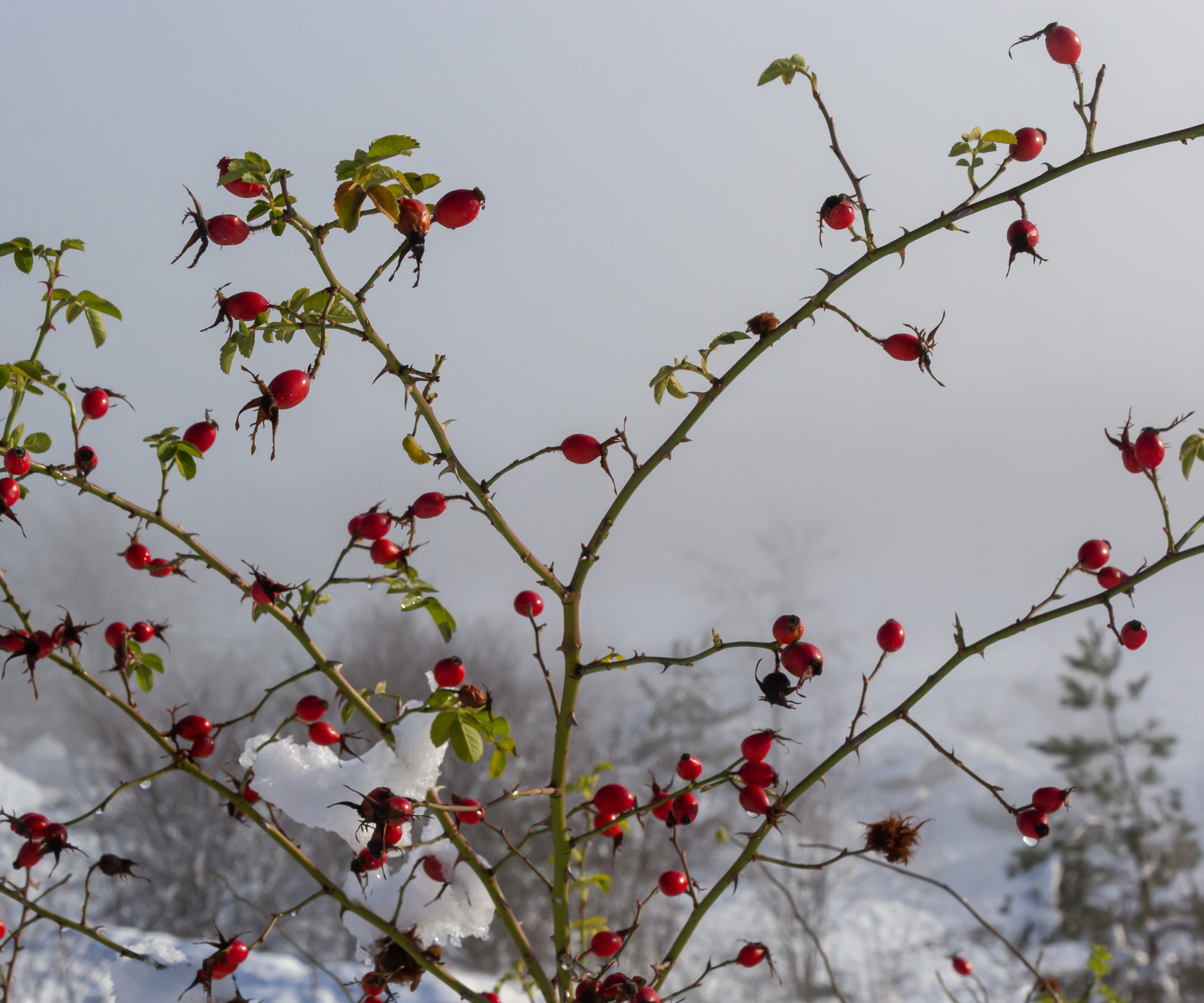
Deciduous shrubs and climbers can also offer winter interest. Whilst these plants are without foliage and flowers during the winter months, many can still provide interest in other ways.
One option is to consider plants with interesting structures and frameworks when all the leaves have fallen. Whitney Laritson, Merchandising & Content Manager at Nature Hills, suggests planting 'climbing roses as their stems can create interesting patterns in the winter.'
When pruning your climbing roses in winter, retain stems that are sizeable and healthy, and have shown good growth in the previous year. Stripping these stems of their smaller side shoots, you are free to weave and create beautiful swirling patterns against garden walls. Whilst lacking in color, this is certainly one way to maintain interest in the yard.
'Climbing roses will also have rose hips if some stems are left unpruned, and these will last well into winter,' continues Whitney. Rose hips can add little pops of red and orange color, and the birds will thank you for providing this winter buffet. One option is this Rosa 'Zephirine Drouhin' available from Nature Hills, with stunning pink flowers that bloom in the summer, before turning to vibrant red rose hips in the fall and winter.

Whitney Laritson is a garden expert and the Merchandising & Content Manager at Nature Hills. For the last 20 years, Nature Hills has been passionate about growing high-quality plants.
FAQs
What evergreen climber is suitable for growing in shade?
English ivy, Hedera helix, is a hardy and vigorous climber that is also shade tolerant. This can be a suitable option for a shady wall or garden fence, helping to add evergreen interest where there was none. Ivy plants can tolerate dry shade too, which is often a problem position for many gardeners. Just remember, ivy does require annual pruning and maintenance to keep it under control.
Using evergreen and winter-flowering climbing plants is a great way to add interest to the backyard during the cold and dark months of the year. Additionally, planting shrubs with winter berries is another way to add color.
Sign up to the Homes & Gardens newsletter
Design expertise in your inbox – from inspiring decorating ideas and beautiful celebrity homes to practical gardening advice and shopping round-ups.

Thomas is a Content Editor within the Gardens Team at Homes and Gardens. He has worked as a professional gardener for both public spaces and private estates, specializing in productive gardening, growing food and flowers. Trained in Horticulture at the Garden Museum, he has written on gardening and garden history for various publications, including The English Garden, Gardens Illustrated, Hortus, The London Gardener and Bloom. He has co-authored a Lonely Planet travel book, The Tree Atlas, due out in 2024.
-
 7 of the best tomatoes for growing in pots - expert growers pick their top varieties ideal for large harvests from containers
7 of the best tomatoes for growing in pots - expert growers pick their top varieties ideal for large harvests from containersYou can enjoy bumper homegrown harvests in small spaces
By Drew Swainston Published
-
 Drew Barrymore creates a 'balanced' kitchen in 4 easy steps – her rules will make your small, compact countertops feel beautiful
Drew Barrymore creates a 'balanced' kitchen in 4 easy steps – her rules will make your small, compact countertops feel beautifulDrew proves that with the right styling (and chic appliances), you can make even the smallest of kitchens look harmonious
By Hannah Ziegler Published